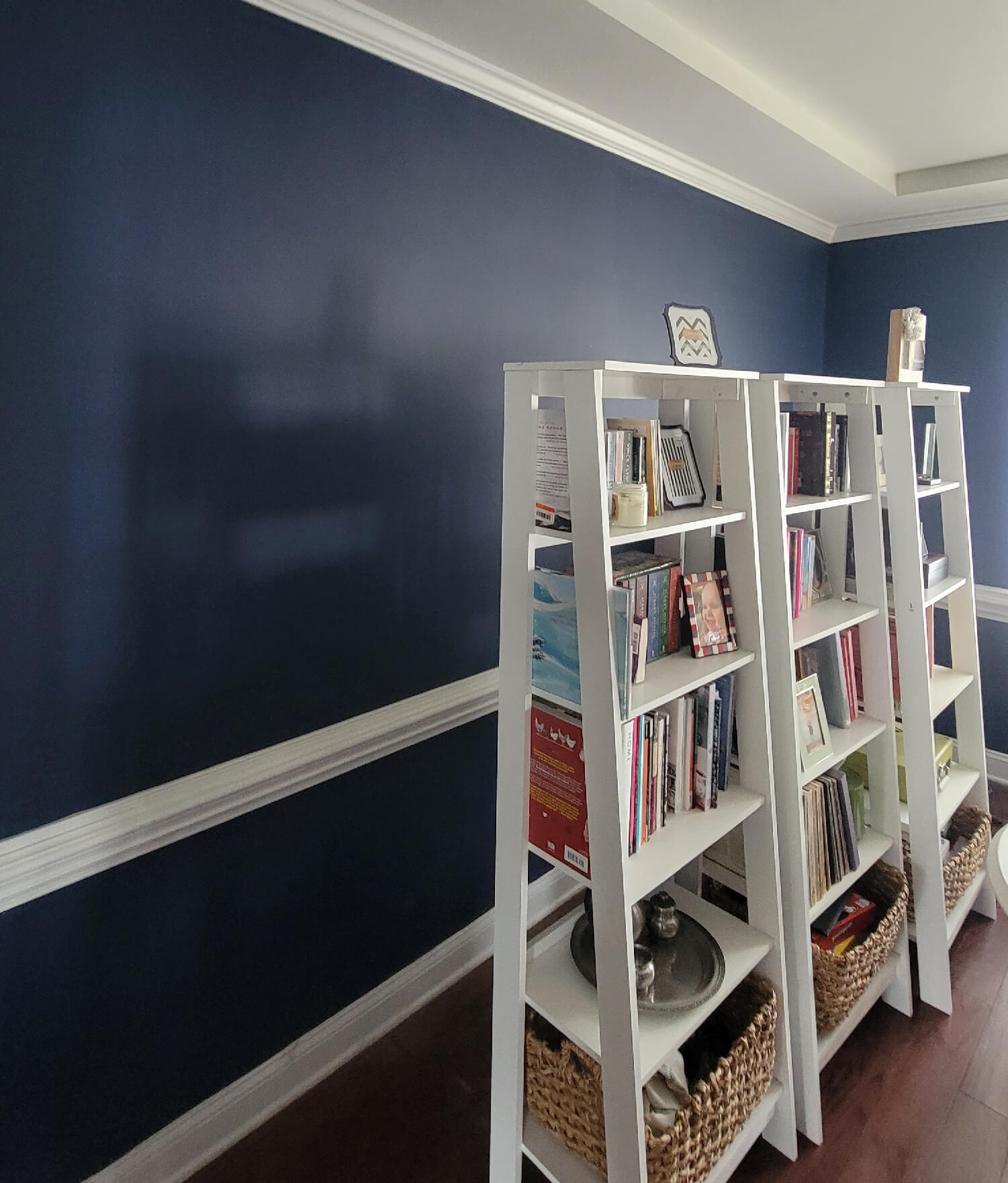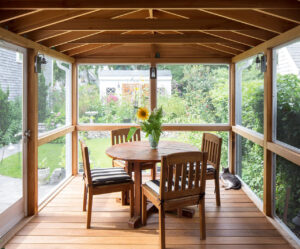
Choosing Interior Trim When Remodeling a Home
Interior trim is one of the best ways to upgrade the look and feel of any space in your home. Trim, including baseboards, casings, crown molding, and railing, completes the look of a room. The success of any interior design relies heavily on the choice of interior trim style, whether it be for a Victorian home with that signature gingerbread look, a Mission or prairie style home where function takes priority, or a streamlined modernist home with simple understated elegance.
There is a wide variety of interior trim molding to choose from, each with its own look and feel. You can’t put a clam in every shell. Let’s investigate molding for the inside of a building. If you’re working with a designer on a home renovation or construction project, knowing what each type is and what it’s used for will help you discuss your options.
Interior Moldings and Their Varieties
Any room, from floor to ceiling, can benefit from the addition of molding of varying styles. Listed below, from most basic to most complex.
Base Molding
Trim that meets the floor at the bottom of walls is called baseboard. It seals the space between the floor and the wall, preventing damage from doors, vacuums, and other moving objects. It has three main parts: the baseboard itself, the cap (an ornamental piece that sits atop the baseboard), and the shoe (a beveled section that connects the baseboard to the floor). One piece molding, which is simpler and cheaper to work with than its predecessors, is now readily available.
Chair Rail
As we ascend the wall, the chair rail is the next decorative feature we encounter. It serves a practical purpose by shielding your wall from furniture. Chair rails are installed around 36 inches from the floor to maintain visual balance between the wall’s upper and lower halves.
Wainscot
Wainscoting is a paneling system that covers the wall space between the baseboard and chair rail. Wood, baseboard, raised panels, and horizontal boards are all viable options for panels. You can either paint it or stain it to match the wood molding. Wainscot is a common architectural detail in older homes, especially in the bathroom, kitchen, and dining room.
Window Casing
The top, bottom, and sides of a window frame are typically constructed separately. The elaborateness and articulation of the moldings is made possible by their modular construction. Some casings have a horizontal piece at the top known as a stool and a lower piece known as an apron. The depth of a stool can vary. A kitchen stool with plenty of depth, for instance, can be used to store herbs while you prepare meals.
Door Casings
Door casing, like window casing, consists of three panels, but unlike window casing, there is no bottom panel. Even though it’s not a hard and fast rule, door and window casings should look consistent with one another. It is common practice to match window and door casings in the Craftsman style. Doors and windows within the same family may have varying sizes to make a more dramatic statement.
Picture Rail
A picture rail is a type of decorative molding typically installed between the wall and the ceiling. Since older homes typically had plaster walls, this was the only option for displaying artwork, pictures, and dishes. These days, it’s typically used to create horizontal sections within a wall.
Plate Rail
A plate rail is essentially a shelf that can be used to display a collection of objects, though it is not always close to the ceiling. The depth of a shelf can be anywhere from barely deeper than a picture rail to several feet, depending on the size of the items being displayed. The height at which a plate rail is installed determines its depth.
Crown Molding
Crown molding is installed at the junction of the wall and ceiling. You can choose from a wide variety of profiles, styles, and sizes, just like with every other kind. Crown molding is installed to smooth the angle at which the wall meets the ceiling, where the vertical and horizontal planes meet.
Interior Trim Materials and Finishing Options
There is a wide variety of quality and material options for interior trim. If you want to stain your woodwork, Fisher’s Home Pros is the company to call. Raw and primed resin and composite are two examples of materials that can be used instead.
Stain grade and paint grade are the two most common classifications for interior trim quality. Whether you plan to paint, stain, or leave the wood natural, as well as your budget, will determine the quality of wood you can afford.
A lot more money is needed to purchase stain-grade wood as opposed to paint-grade wood. Crown molding, fireplace mantels, and stairways are typical applications for stain-grade wood because of the visual interest they can bring to a room. Paint grade trim is used to create moldings like door and window casings, as well as chair rails, which can be painted to match the wall. This maintains the airy feel of the space. Light is absorbed by and appears darker in natural wood.
Interior molding has the potential to transform a flat, unfinished room into a refined living space. When working on your home’s trim, it’s important to hire a professional. It’s an artistically precise installation. Your designer will be able to provide you with options that work with your existing decor and make your home more beautiful and sophisticated overall.







No comment yet, add your voice below!